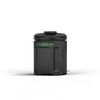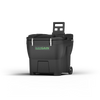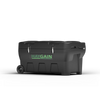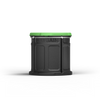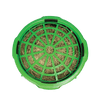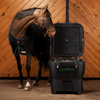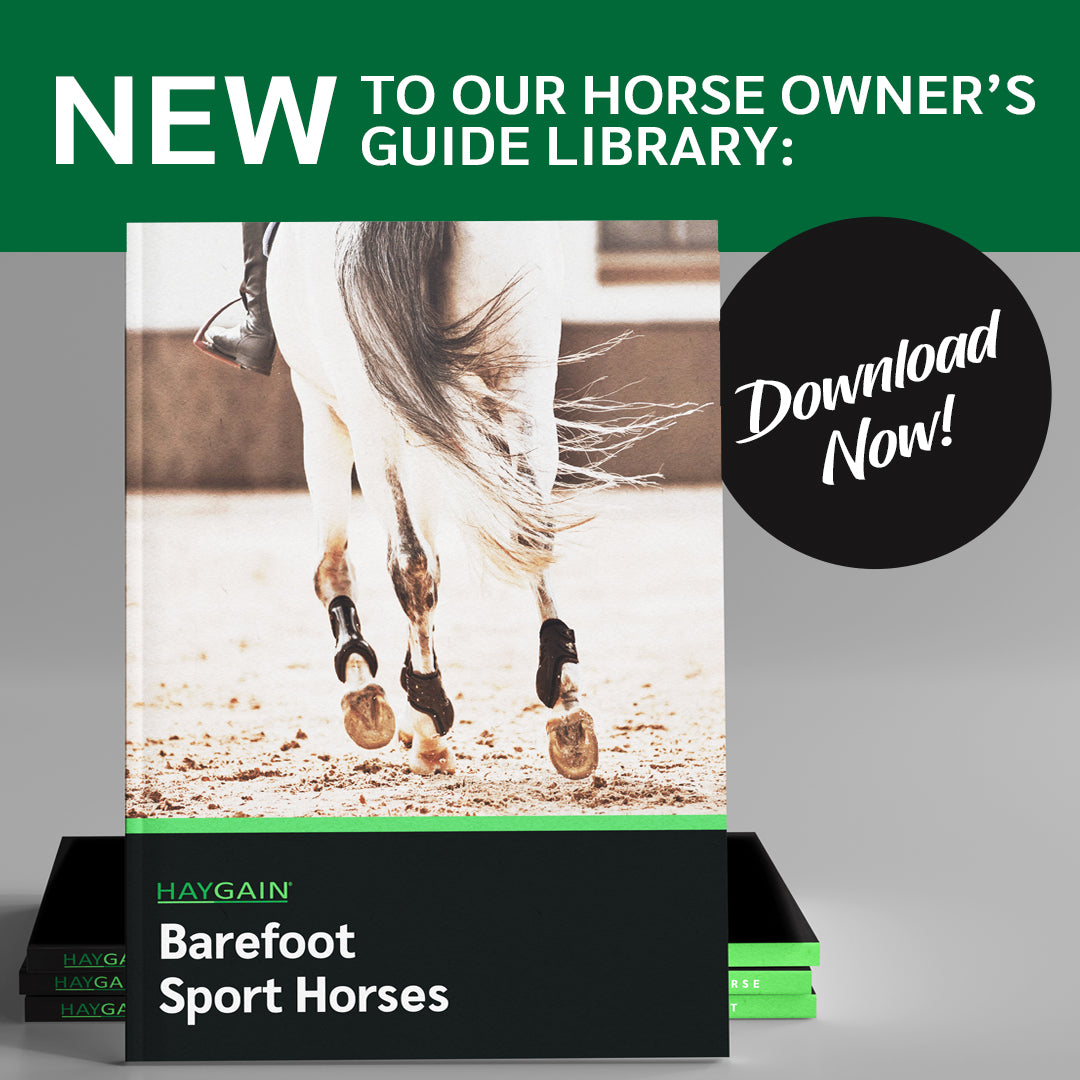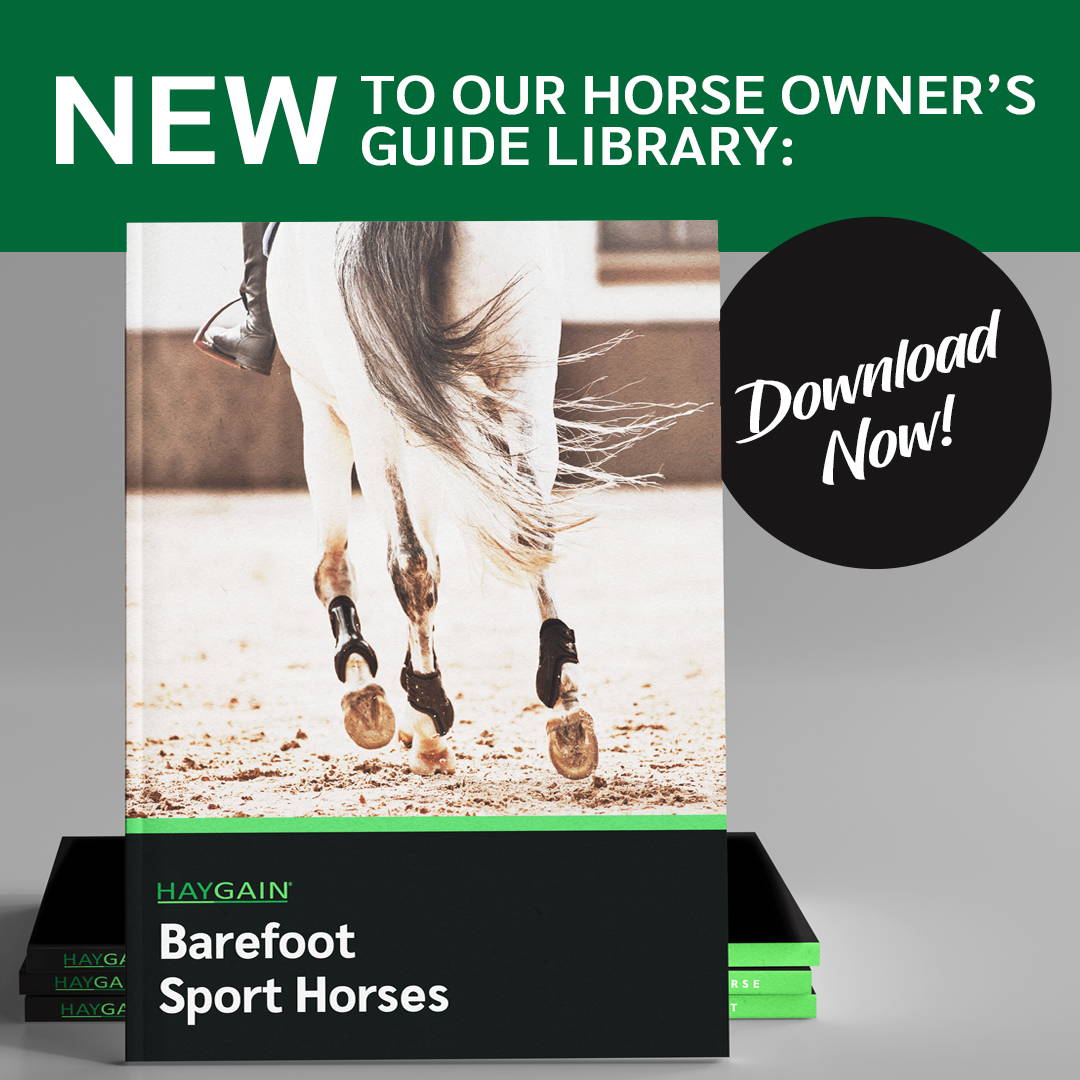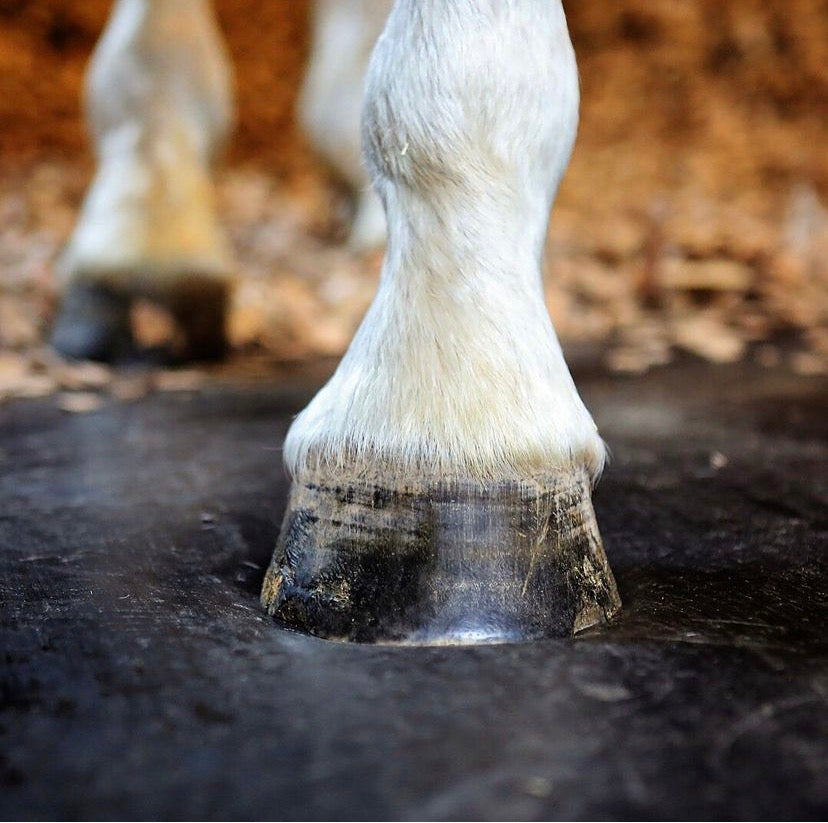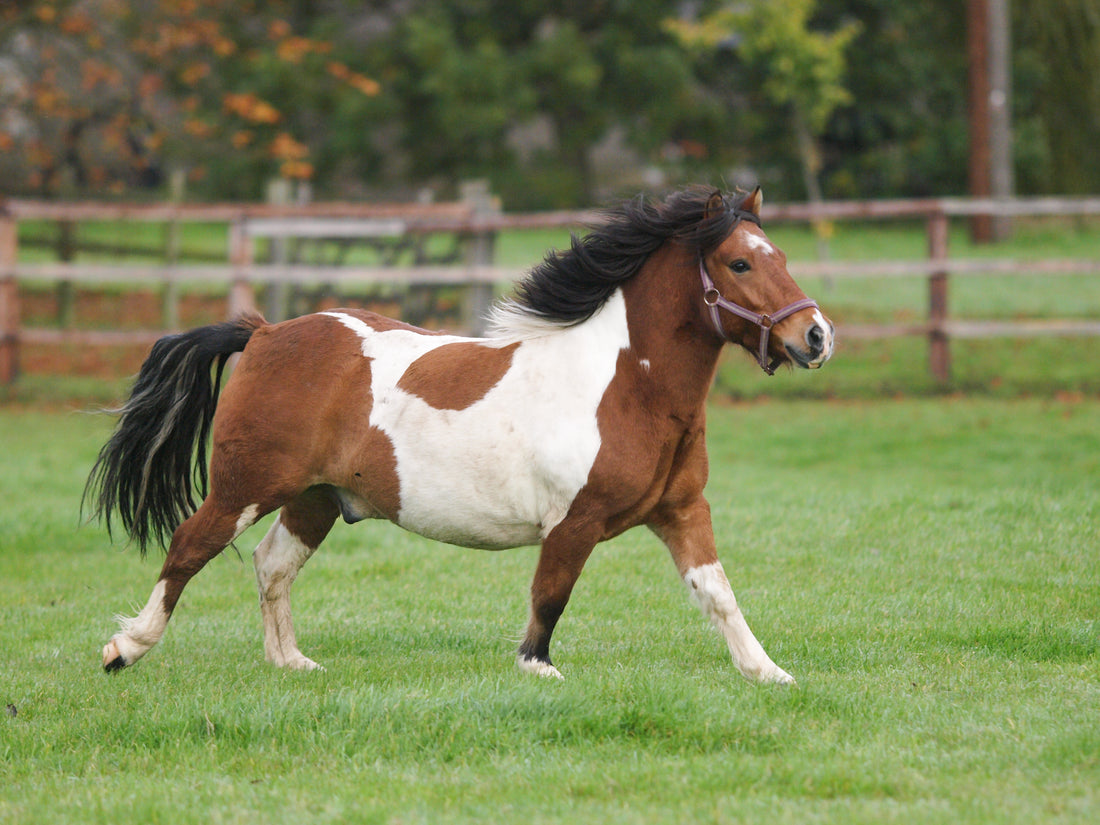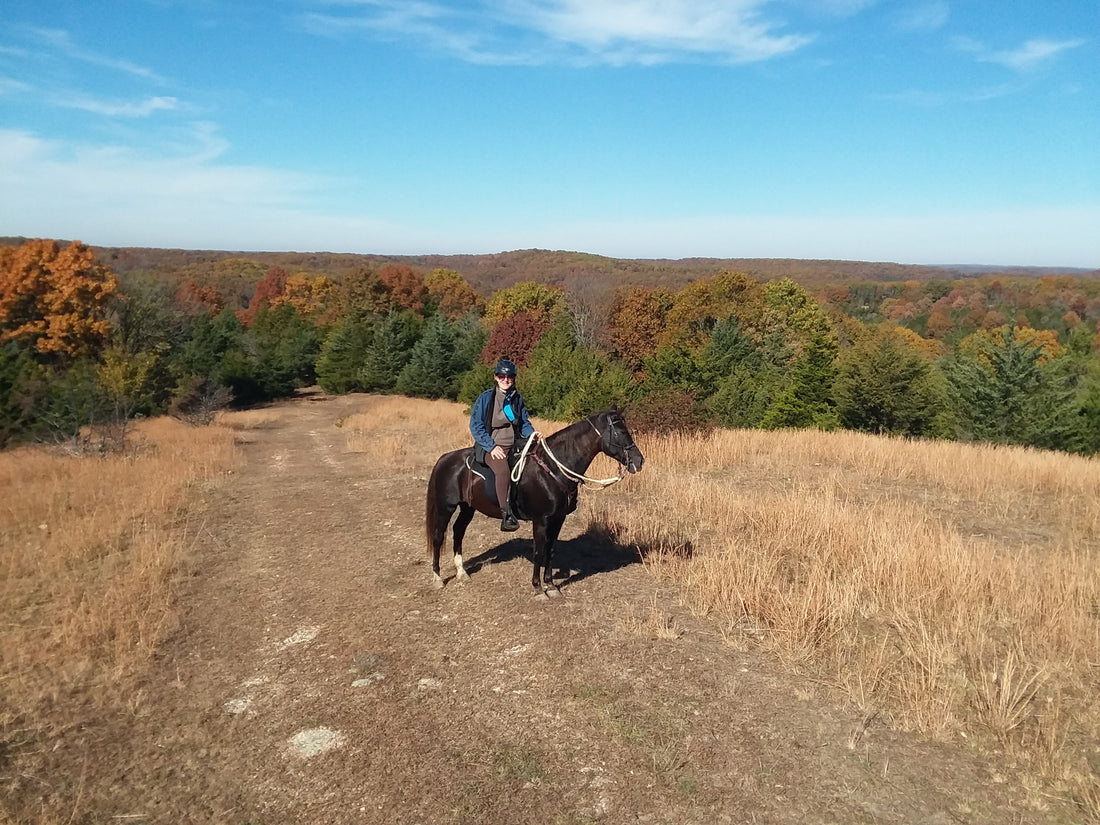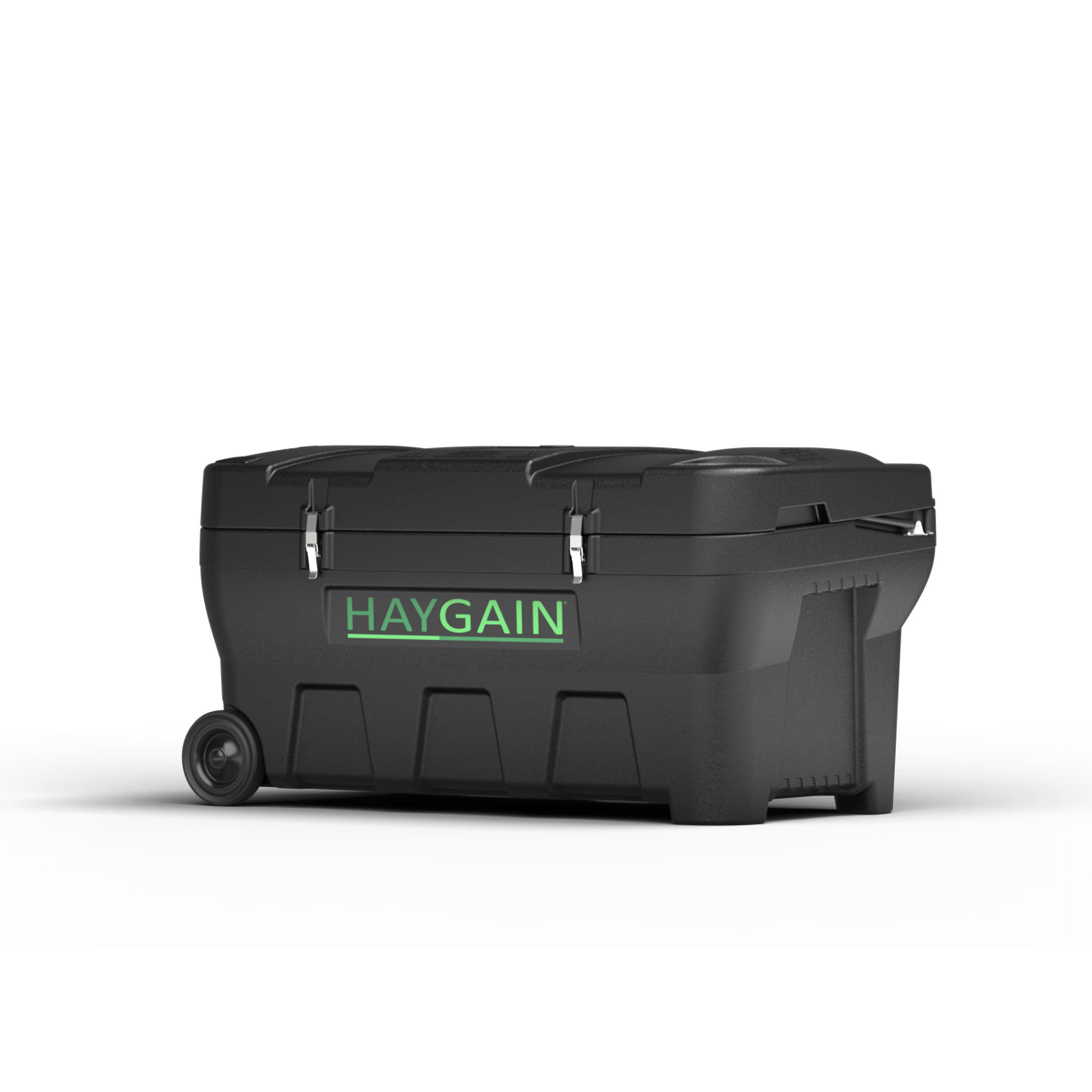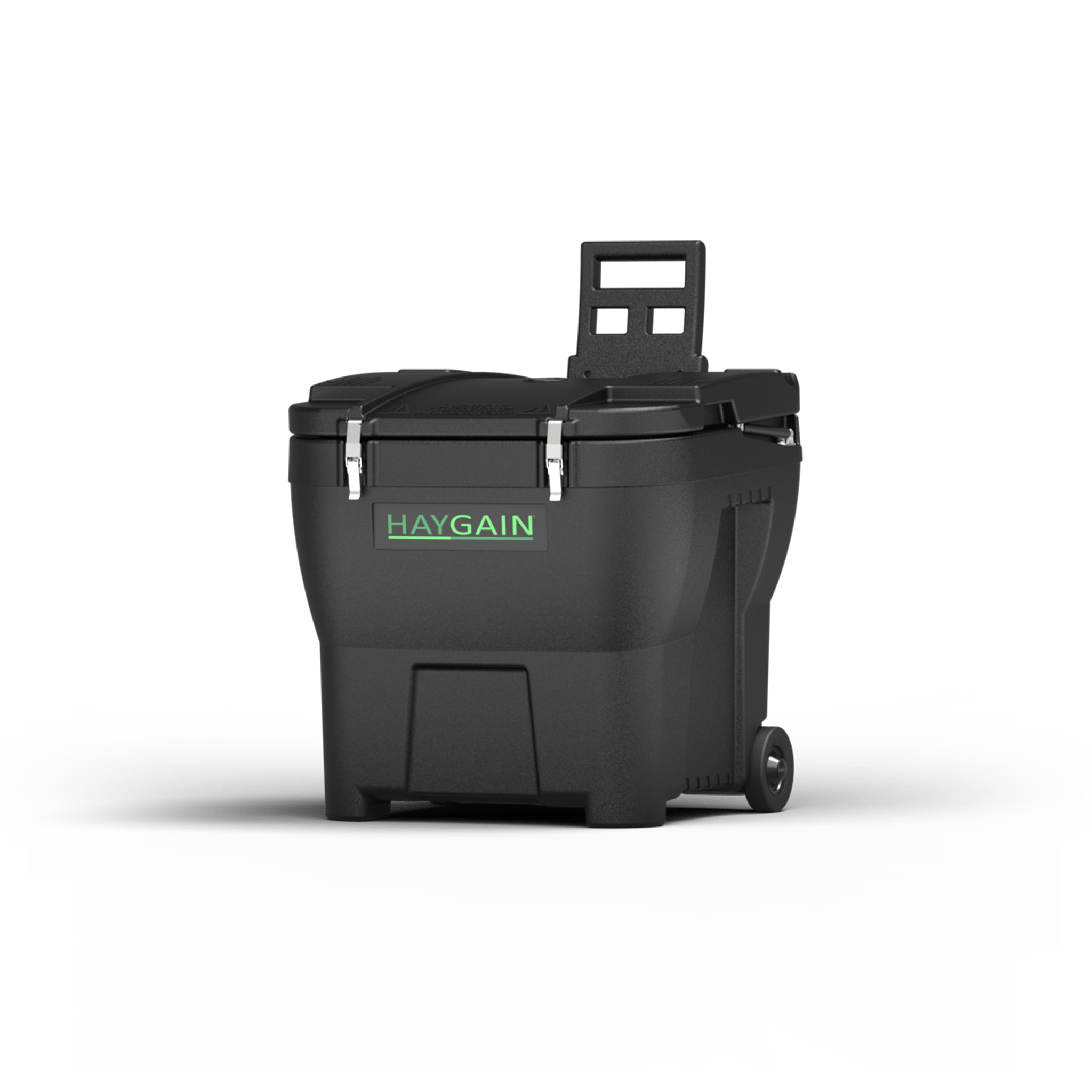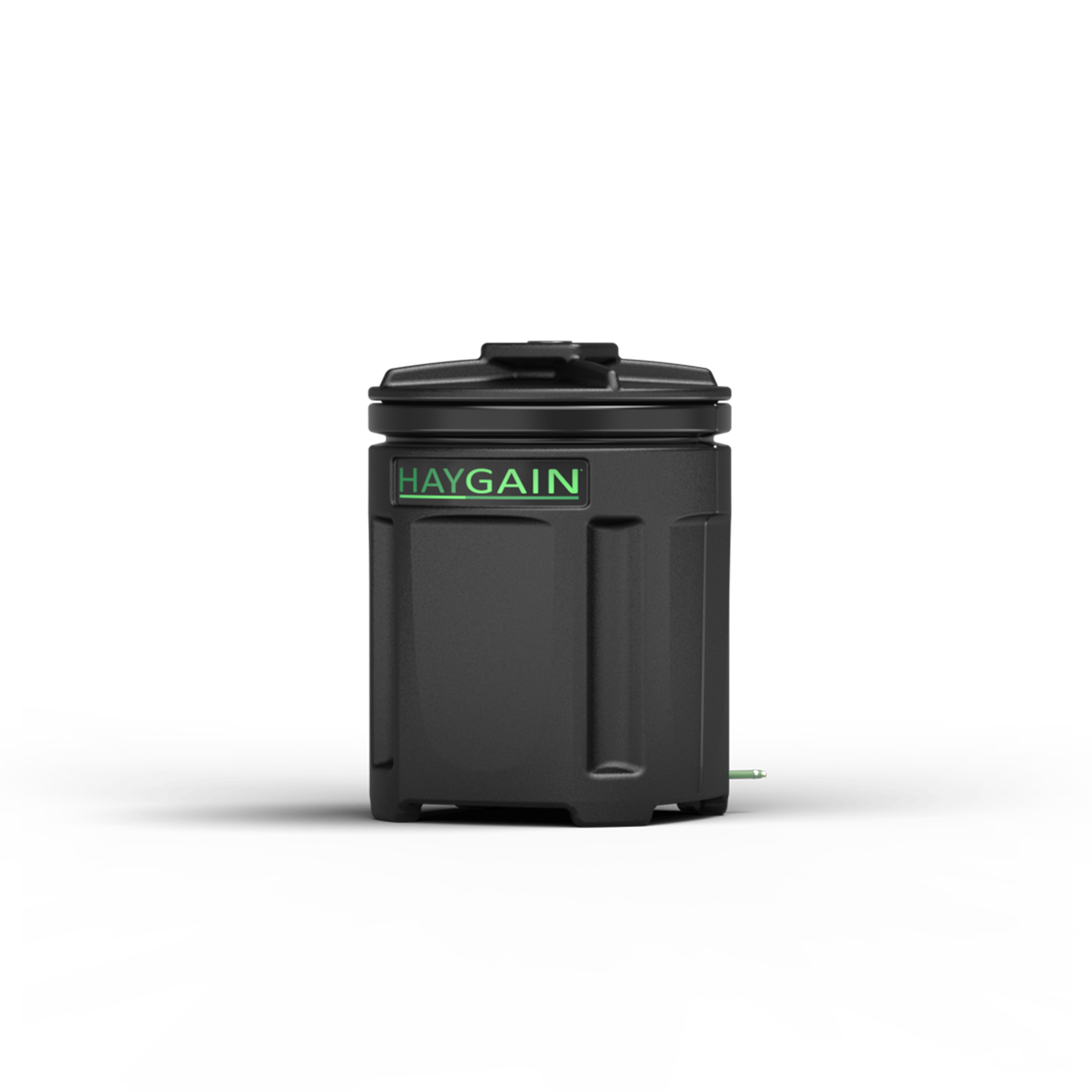Haygain’s latest Horse Owner’s Guide helps owners evaluate the barefoot option.
The equine foot has evolved over millions of years to withstand the forces it receives while horses walk, trot, gallop, graze, lie down, and occasionally jump. Especially at high speeds, the hoof works as a shock absorber, cushioning the blow as bones, muscles, ligaments, tendons, blood vessels, and more come thundering down against a variety of ground surfaces.
As such, it makes sense to harness that evolutionary accomplishment by keeping the foot free to compress, stretch, stabilize, grow, and even feel the way nature intended. And that means not blocking its normal function by applying shoes – as in going barefoot.
But what about when we take horses out of the natural environment they evolved to live in? Can their bare feet stand up to the pressures of added rider weight, daily sports workouts, frequent jumping, hard and/or slippery footing, unnatural housing and bedding, and even selective breeding that doesn’t always take hoof quality into account?
Barefoot Considerations
It’s certainly possible, as scientific research is discovering. And in fact, going barefoot might even be so good for the health and welfare of sport horses in that it improves their performance.
The critical key, though, is knowing all the hows, whens, and whys of keeping an equine athlete shoeless.
Success involves careful management and understanding about each horse’s genetics, foot health, nutrition, farriery, bedding, and more. Importantly, it also requires humility, and being ready to acknowledge when the barefoot path isn’t working for an individual horse.
To help sport horse owners get informed and make the right decisions for their horses, Haygain’s new Horse Owner’s Guide details the latest scientific knowledge about barefoot sport horses.
In this Guide, you’ll find useful information about the following topics:
Bare Feet in Equestrian Sports: Possible, and Possibly the Best
Horses that can go barefoot have healthier feet and fewer soft tissue injuries. They’re more careful about where they place their feet, and they tend to show signs of pain earlier, leading to faster and more effective care. Even the veterinary director of the Fédération Equestre Internationale (FEI) believes that if the conditions are right, competing barefoot can be “absolutely optimal” for the horse.
Where Do Ground Forces Go?
The walls and sole of horses’ feet are designed to expand and compress as the foot strikes the ground, creating vibrations, heat, and a flow of forces through the limb. When the foot is constricted by a shoe, though, the walls can’t expand.
The shoe also lifts the foot higher off the ground, preventing the sole from evening out forces during a ground strike. This can send concussion forces up the hoof wall and into joints and other structures higher up the leg, while increasing the risk of developing a compromised frog and an atrophied digital cushion in the foot.
Still, when the hoof wears down faster than it can grow back, shoes can prevent pain and damage to the foot structures.
Getting a Healthy Barefoot Trim
Sport horses are rarely bred for their barefoot hoof quality, and the work they do doesn’t shape the foot the way nature intended. Nor does the natural shape of the hoof necessarily offer the best support for ridden sports.
Regular farrier care is critical and should always be carried out by qualified farriers who practice evidence-based trimming and shaping, with specific knowledge about sport horse biomechanics. Inappropriate barefoot trimming can and should be sanctioned by welfare legislation.
The Healthy Barefoot Diet
Healthy hoof growth relies on certain nutrients like amino acids, vitamins, and minerals. Many of these are supplied in high-quality forage—which also promotes good foot health indirectly by keeping the horse healthy in general.
Biotin in particular promotes good hooves, and it’s most effective when it’s produced in the horse’s hindgut by healthy gut microbiota. Haygain Hay Steamers are critical in supporting good gut health and the right balance of microbes in gut microbiota.
Good Footing for Good Bare Feet
Barefoot horses move better and have healthier feet when they’re worked on ground that is neither too wet, nor too hard, nor too slippery. Well-maintained sand and fiber arenas, such as those used in high-level competitions in particular, could offer ideal ground for barefoot sport horses.
Regular, slowly progressive training on a variety of footing can help bare hooves habituate to different grounds, and removable hoof boots can provide temporary protection when necessary.
Optimal Barefoot Bedding
Hooves are susceptible to moisture and acidity—like the acids in feces and especially urine. Meanwhile, hard grounds like concrete can be tough on joints, bones, muscles, and even skin.
ComfortStallSealed Orthopedic Flooring provides a cushioned and easy-to-clean base. To trap moisture and acids, it should be topped with a customized choice of absorbent bedding that’s regularly mucked out. This will help keep barefoot hooves tough, resistant, and healthy.
When knowledge, practice, and the horse’s physical characteristics all line up, keeping the equine athlete barefoot can be a positive experience for everyone. Haygain’s latest Horse Owner’s Guide, Barefoot Sport Horses, compiles all the essential information owners need to ensure good barefoot care and determine whether going barefoot is right for their unique horse.
The science is clear: if we want to do right by our horses, we have to prioritize research and knowledge over tradition and popular trends. By sharing knowledge and providing high quality, evidence-based products that fit perfectly into solid health and welfare programs, Haygain strives to ensure that all horses—including sport horses—live their best lives.
